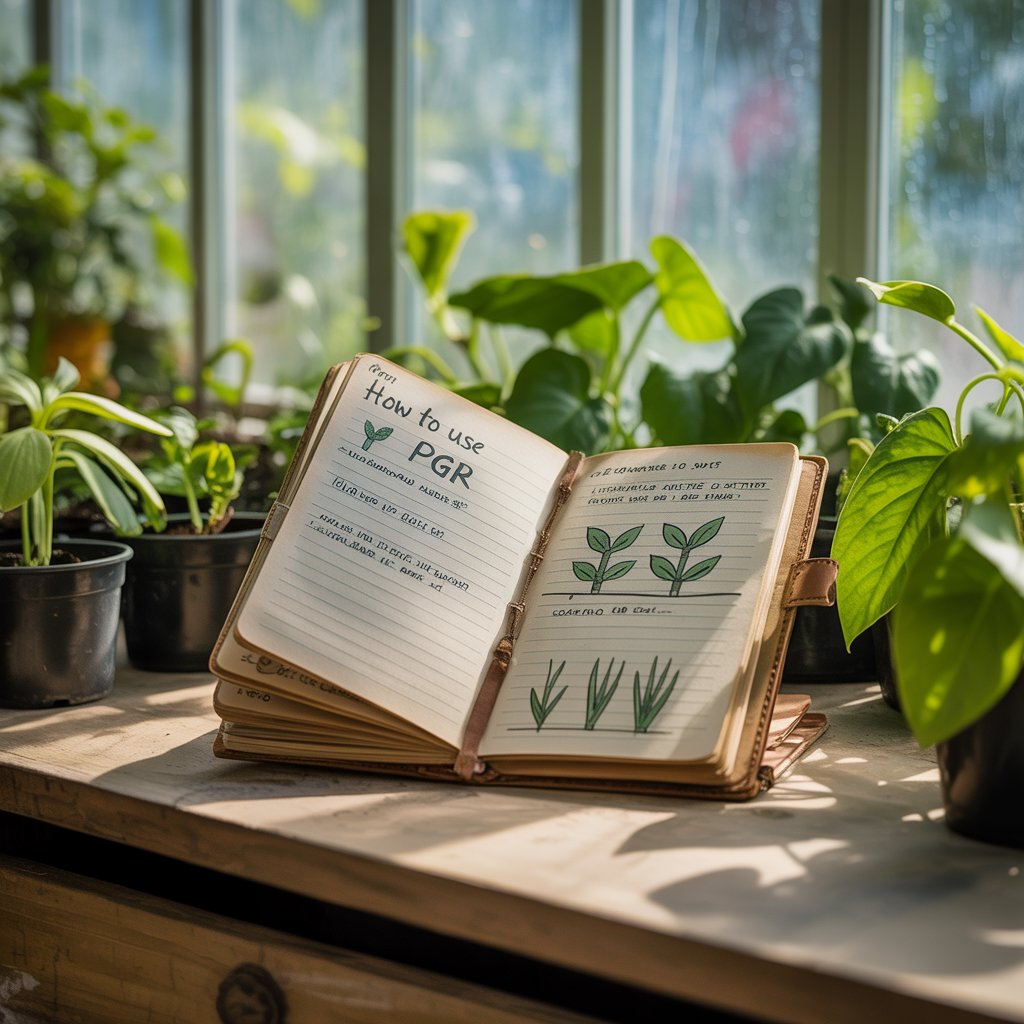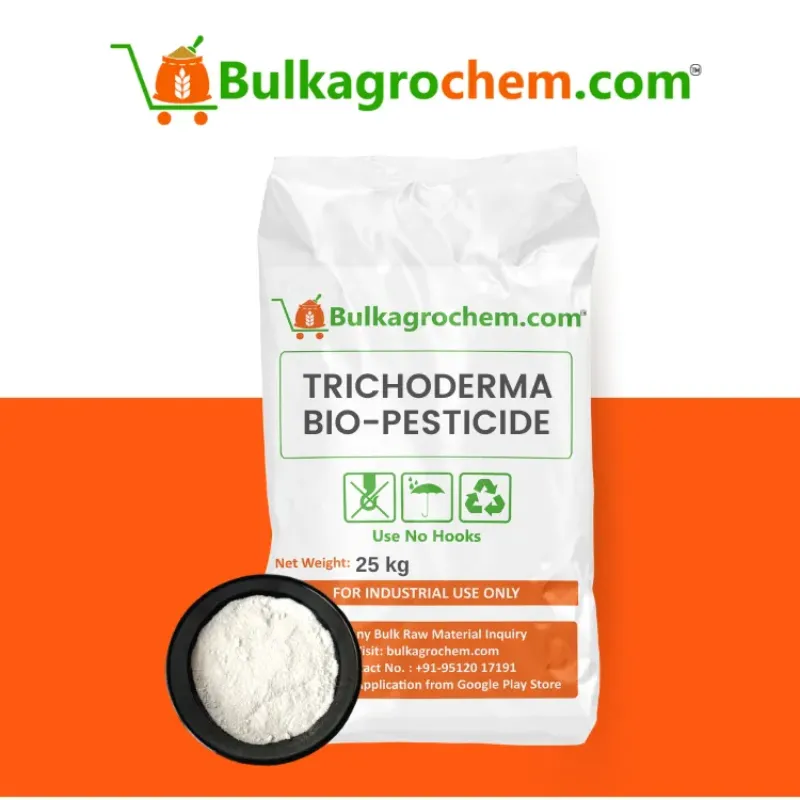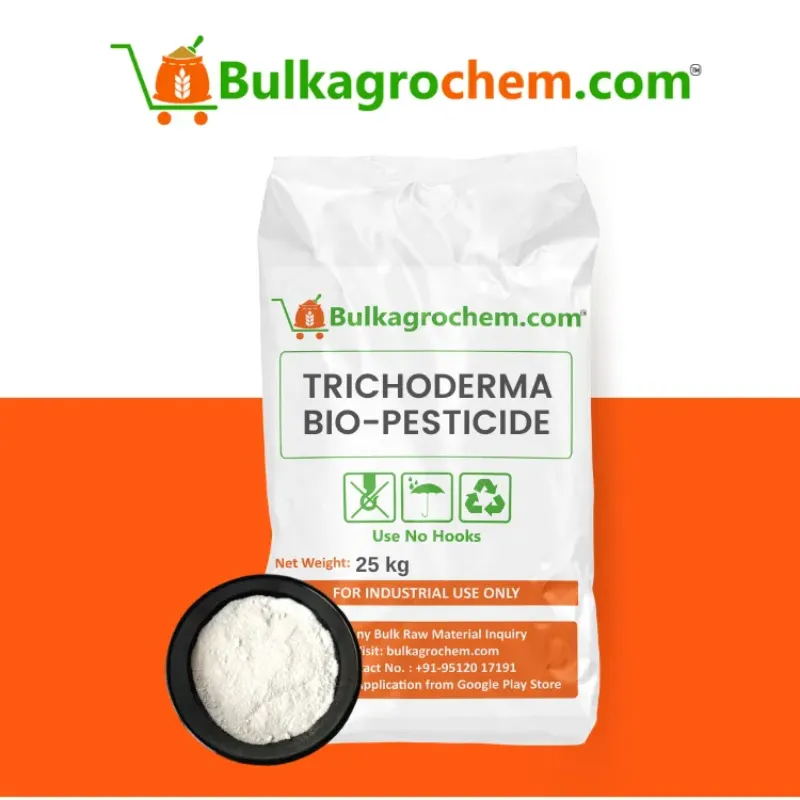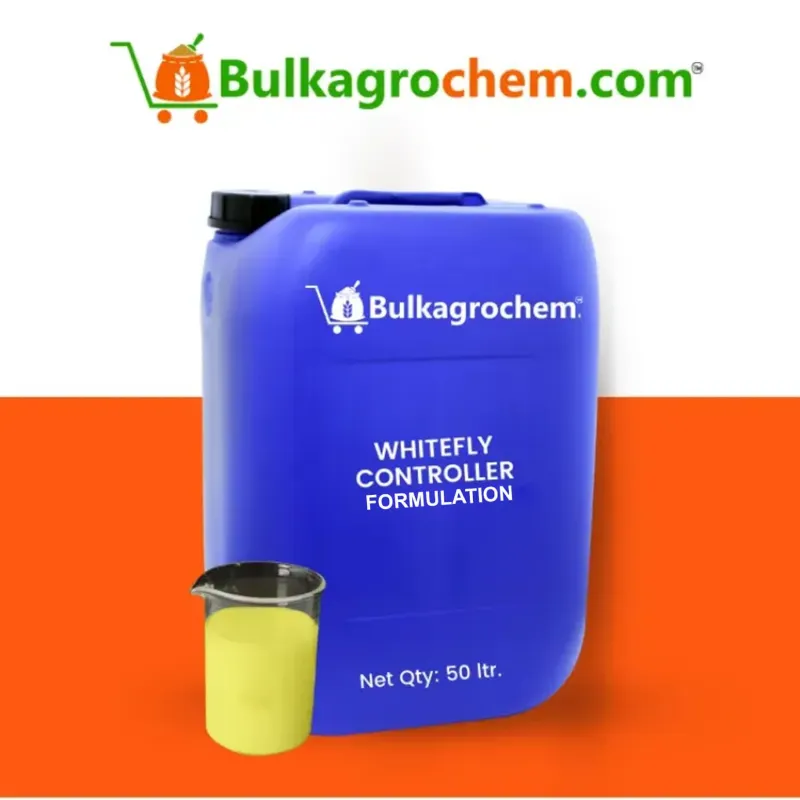Want to stop using trial-and-error approaches with PGR? Change the way you conceptualize PGR. They are little plant coaches—signals to crops to guide them into the best action at each stage of growth.
They can be mixed into a well-balanced pgr fertilizer so that the nutrients feed, while the signals fine-tune growth, providing a laser-sharp target for leaves, roots, and fruits.
Knowing the timing of applications is half the battle; early vegetative sprays provide rooting, late vegetative or preflower charges produce fruit set in predictable unison.
Because these plant growth regulators work so quickly, a single application can create larger yields faster than multiple inputs at no additional operational cost.
Introduction to Plant Growth Regulators (PGR) and Their Benefits
Are you ready to harness the power of PGR and make everyone of your seedlings a superstar? Think of PGRs as little stop lights directing roots, shoots, and then fruits where to go.
Putting all PGR into a balanced blend with a little plant food means the nutrients are feeding and PGRs are regulating growth: double timing!
However, the scheduling of a PGR application is the big pal, just one spray applying it at the right time could mean more yield, less harvest windows, and less wasted input!
What Are Plant Growth Regulators?
Plant growth regulators (PGRs) are either natural or synthetic small molecules that speak to your plants and give them direction for rooting, shoot length, flowering, and ripening with precision.
When mixed with a pgr fertilizer, the signals ride the nutrients—so the fertilizer is feeding the plant at the same time the regulator is configuring the growth.
Understanding how to use PGR starts with timing: first, determine the appropriate timing to apply PGR to each crop, then select the appropriate rate for the stage of the plant to optimize the effect.
Key Benefits of Using PGR in the Garden
- More uniform harvests, as flowering and fruit fill are synchronized, helping to ensure fewer rejects and easier harvesting.
- Stress resilience: the right molecule strengthens leaves to prevent heat, drought, or transplant shock and keeps vigor in the garden.
- Space-efficient growth: height-restricting regulators limit any leggy stems and is ideal for compact beds and containers..
- Input efficiency: roots energized by PGRs are good at mining water and nutrients in the soil, allowing for reduced irrigation and fertilization efforts while increasing total harvests.
Once you derive how to manage PGR in conjunction with a balanced pgr fertilizer, every seedling you grow will have the capability to become a precision laser and turbo charge its power.
Understanding Plant Growth Regulators: The Science Behind Stronger Plants
How to understand using PGR begins by understanding cell chemistry; every single spray of pgr fertilizer has the immediate effect of micro-signaling turn genes on or off in seconds.
These signals, called plant growth regulators, travel via xylem and phloem similar to text messages, direct on whether to divide, elongate, bloom, or harden the tissue.
Hormonal Action and Biochemical Pathways
When auxins interact with membrane receptors, they activate H⁺ pumps, and loosen the cell walls to permit new roots or curving shoots to burst outwards.
Gibberellins translocate through the nucleus, and release the DELLA "brakes". Gibberellins also stimulate genes related to elongation, which is how heights are gained in growth regulators.
Cytokinins travel up from roots and bind to CRE1 receptors to promote rapid cell division, while also delaying senescence - here is your secret to greening leaves.
Ethylene modulators can block or amplify signals to start ripening processes; mistime a single dosage, and you can hasten the process of softening or bring it to a standstill, highlighting when you should apply a PGR.
Abscisic-acid analogues will bind to PYR/PYL proteins, and close stomata to trigger drought related gene expression - literally transforming a floppy bed into a resistance plot overnight.
Factors That Influence PGR Performance (pH, Temperature, Growth Stage)
Water pH 5.5-6.5 keeps most PGRs stable; alkaline options can hydrolyze auxins and oxidize gibberellins before reaching the leaf.
Daytime temperatures of 20-28 °C likely speed the movement of membranes, but water temperatures below 15 °C may slow plant growth regulators on the cuticle.
In addition, have a good sense of when to make applications at the target developmental stage - seed soak for swiffer germination, pre-flowering previously treated early in the vegetative phase to assist in achieving a uniform fruit set, mid-vegetative drench anticipating compact height.
There is an upside to avoiding evening-drenches because dew or other surface wetting originates from water itself that can dilute a product, however, timing is what decides the success of your PGR use as much as how it is done.
Finally, leaf waxiness, genetics associated with the cultivar, and tank-mix EC will also steer the results expected, as low-salt carriers can facilitate and lessen the time for hormone penetration, while high-salt fertility can bind them.
Blend nutrients and plant hormones by adding your regulators last in the tank, and when you apply - agitate water when applying to minimize mechanical disturbance protecting the fragile molecules within a multi-benefit pgr fertilizer.
If you can successfully manage these biochemical cues, each incremental litre of growth regulator will take ordinary inputs to a new level - developing a strong blueprint for improved durable and higher yielding crops.
When to Apply PGR for Maximum Effect
When it comes to using PGR, timing is everything. The same rate of plant growth regulators can either enhance yield or waste energy depending on when it is sprayed.
Mix your signal with a well-balanced pgr fertilizer, and then coordinate spray day with crop stage and weather for a pay-off that can actually be measured in kilos.
Optimal Growth Stages for Vegetables, Fruits, and Ornamentals
*Always confirm you have the correct product from the list of plant growth regulators on your local label.
If you spray too early, the signal will be lost before the plant has the opportunity to use it; too late and the energy that has been committed cannot be redirected.
Lock in the timing of PGR for each crop and know that one application can usually replace two or three corrective sprays later.
Weather and Environmental Conditions Affecting Timing
- Temperature: 20–28 °C hastens uptake, under 15 °C slows hormone transport, so postpone evening or cool-front sprays.
- Humidity & dew: High RH maintains soft cuticles, thus improving uptake; free water or heavy dew will dilute the droplets—spray after it has dried.
- Wind: <10 km h⁻¹ limits drift that could potentially harm non-target areas and pollinators while keeping each micro-dose of growth regulators on its respective leaf.
- Light: Apply at dawn the night before to take advantage of transpiration as it is on the rise; stay clear of midday sun as it can photodegraded auxins & gibberellins, then cover sensitive mixes or wait.
Step-by-Step Guide: How to Use PGR Safely and Effectively
Understanding how to utilize PGR is an exciting combination of product selection, precise measurement and handling. Follow this fast track roadmap and every drop of plant growth regulators will behave just as you've planned.
Selecting the Right Product from the List of Plant Growth Regulators
- Determine PGR outcome. Shorter stems? A GA-blocker. More flowers and fruit set? An auxin blend.
- Read the label’s crops. Your regulator must be registered for that crop and growth stage.
- Make sure about formulation. Water-soluble granules mix well in pgr fertilizer tanks, emulsifiable concentrates need constant agitation.
Application Methods: Foliar Sprays, Soil Drenches & Seed Soaks
- Foliar sprays provide rapid action -- best if applied during bloom or early fruit fill when timing coincides with application of PGRs.
- Soil drenches will get the regulators to the root zone, ideal when the goal is height control for ornamentals and cereals.
- Seed soaks coat the embryo with micro-doses of the regulator, regulating germination uniformly across the field before the first irrigation.
Dosage Calculations, PPE, and Re-entry Intervals
Dosage: For instance, multiply the label rate (g a.i. ha⁻¹) with the area you want to treat; calibrate your nozzles in preparation to avoid over-applying.
PPE: At minimum, nitrile gloves, goggles, long sleeves; an N-95 mask for power sprayers.
Re-entry: Observe the "REI" on the label - usually 4-24 h - workers can re-enter a treated field after an REI.
Water - buffer the spray water to pH 5.5-6.5; add the regulator last to your pgr fertilizer tank; spray with the added regulator under calm, mild conditions. When the product, method, and timing come together, you will see why mastering how to use a PGR is one of the smartest things you can do in modern crop care.
Integrating PGR Fertilizer with Plant Nutrition Strategies
Knowing how to utilize PGRs means combining their micro-signals with macro-nutrition so every gram of input comes with maximum punch.
A well-designed PGR fertilizer allows nutrition to feed while the plant growth regulator drives growth - but only when you mix, inject and time it right.
Compatible Tank Mixes and Fertigation Techniques
When you inject PGR fertilizer in drip systems, inject the PGR fertilizer in the final 10 % of the irrigation set; this means the (PGR) regulators are at the root zone for uptake.
When using boom sprays a jar test will assure the regulator stays in solution allowing it to safely pass through the sprayer nozzles and land on the crop leaves.
Reducing Nutrient Waste While Boosting Growth Efficiency
Apply base nutrition early, then decide when to apply PGR:
- Vegetative stage → auxins deepen roots, allowing the plants to mine residual N and K that would otherwise leach away.
- Pre-flower → gibberellins pull sugars into the fruit, cutting back on unnecessary leaf growth and wasted nitrogen.
Field trials have indicated a 10% cut in total N-P-K when appropriate plant growth regulators are integrated, all the while the yield increases by 5–15%.
That synergy is the fundamental principle of how to deploy PGRs prudently — feed first, signal second, and watch nutrient efficiency skyrocket.
Common Mistakes & Best Practices with Plant Growth Regulators
Even seasoned producers stumble when it comes to using PGR; even one ill-timed application can negate all the benefits of PGR application derived from a great fertilizer blend.
Understanding how much to apply, when to apply them, and what results to look for keeps these micro-signals working for-not against-your crops.
Overuse, Under-dosing, and How to Avoid Them
- Overapplication: excessive use of plant growth regulators could stall flowering, or delay flower growth. Always calibrate nozzles and operate within the grams a.i. ha⁻¹ as per the label.
Under-application: too little may not be enough of a trigger for a hormonal switch. Confirm that water volume is enough so that wherever the leaf or root zone where you want the applying is treated.Split applications—½ rates today, ½ rate in a week—typically allow for better performance than a heavy single pass application, and reduce risk.
Monitoring Results and Keeping Accurate Records
Maintain a spray log tracking product, dose, weather, and PGR timing, using weekly images and growth-stage observations.
Use a simple spreadsheet with columns for treated vs. untreated rows with criteria such as height, fruit count, and pounds per row. This will help you develop a better technique for using the PGR next season!
Accurate and consistent records can also bring attention to under-the-radar opportunities, including reducing nitrogen leaching by 8 % when using pgr fertigation and auxin root dips. Each full cycle of plant growth regulators becomes easier, smarter, safer, and more profitable.
Environmental Impact & Responsible Use of PGRs
Smart growers understand how to use PGR not just for yield but as part of their stewardship - taking advantage of plant growth regulators with the lowest chemical footprint.
In combination with a PGR fertilizer that is well balanced and applied at the appropriate time (when is the best time to PGR), even micro-doses will stay on-target and out of the waterways.
Eco-Friendly Gardening Practices to Minimize Chemical Footprint
- The right dose, the right day. By spraying at the labeled rate and the right growth stage, then spraying at 30 L/ha, you can eliminate off-target drift by as much as 40 %.
- Nozzles with low-drift & buffer strips. The perseverance of coarse droplets combined with a 3-m grass border stops the rogue growth regulator before it reaches the stream.
- pH corrected water (5.5-6.5). Stable spray solution means less breakdown and therefore you end up applying less chemical overall.
- Bio-based options. Seaweed - or microbe-based PGRs provide a lot of the 'benefits' of traditional PGRs with zero synthetic residue.
Safe Disposal and Compliance with Local Regulations
Comply with pre-harvest intervals and local residue limits; violations can completely obliterate a season's profit.
By combining precise application timing (when to apply PGR) and strict disposal rules, every application of plant growth regulators become viable, compliant and environmentally safe.
Frequently Asked Questions (FAQs) About Using PGR
Q1. How to use PGR and regular fertilizer together?
Blend the regulator in a low-salt pgr fertilizer and apply in one pass; nutrients delivered to the crop while the plant growth regulators direct the plant in how to use that nutrition.
Q2. When to apply PGR for vegetables and fruits?
The early vegetative spray builds roots; pre-flower or first-bloom shots lock down a uniform fruit set; like many things with the use of PGR, timing permitted by label rates and pre harvest intervals are key.
Q3. Are plant growth regulators safe for edible crops?
Yes, registered products meet strict residue limits; stay within label rates and pre-harvest intervals to keep produce market-ready.
Q4. Will PGRs harm pollinators or beneficial insects?
Applied early in the morning or late in the day (evening) with a low drift nozzle, modern growth regulators don't prove very toxic to other fauna due to the internal pathways of the plant.
Q5. How quickly will I see visible results after application?
Leaf or height responses will show themselves in 3-7 days, yield and quality responses will show at harvest—proof that how you determine when to apply PGR will drive rapid profit lesse.
Q6. Can I overdose a crop with PGR fertilizer?
Overapplication can reduce growth or delay flowering. Always calibrate your sprayer(s) and apply at the low rate of the label, if this is your first time using the product(s).
Q7. Do plant growth regulators work in organic gardens?
There are a number of OMRI-listed regulators made from seaweed and microbes, providing organic growers with a biologically friendly option to use PGR for growing healthy crops.
Conclusion: Transform Your Gardening Experience by Harnessing PGR Power Today!
If you understand when to use PGR, and use it wisely, you are able to make each gram of input work smarter, not harder for you.
Balanced pgr fertilizers will feed the crop while carefully calibrated plant growth regulators can be used to direct that nutrition where it can do the most good - to the roots, the fruit, or for stress defense.
Knowing when to use a pgm fertilizer - early vegetative state for rooting, vegetative stage after pre-flower for fruit set - will make a well timed spray into a beneficial application for the entire season.
Use these micro-signals responsibly, and you will have a lush garden flowering from less water, less chemicals and bigger smiles at harvest time.






